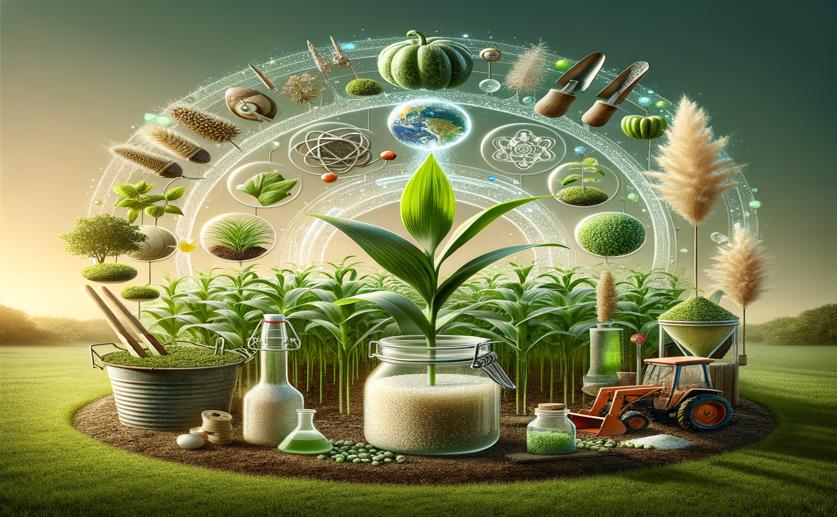
Eco-Friendly Gel Mix for Better Crop Growth
Jenn Hoskins
28th April, 2024

Image Source: Natural Science News, 2024
Key Findings
- A study created a hydrogel that improves water use in agriculture and fertilizer release
- The hydrogel becomes less viscous under pressure and reverts back, useful in varying temperatures
- The hydrogel mix increased plant growth in soil and reduced water evaporation significantly
AgricultureSustainabilityPlant Science
References
Main Study
1) Composite hydrogels fabricated from konjac glucomannan and gellan gum: Rheological characterization and their potential application in sustainable agriculture.
Published 15th July, 2024 (future Journal edition)
https://doi.org/10.1016/j.carbpol.2024.122091
Related Studies
2) Inclusion of konjac glucomannan in pea protein hydrogels improved the rheological and in vitro release properties of the composite hydrogels.
3) Crosslinkers for polysaccharides and proteins: Synthesis conditions, mechanisms, and crosslinking efficiency, a review.
4) Effect of pH variation and crosslinker absence on the gelling mechanism of high acyl gellan: Morphological, thermal and mechanical approaches.



 14th March, 2024 | Jenn Hoskins
14th March, 2024 | Jenn Hoskins